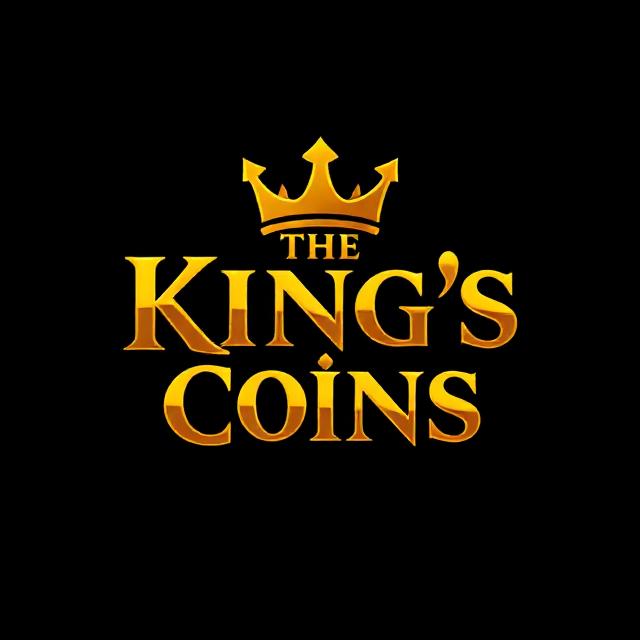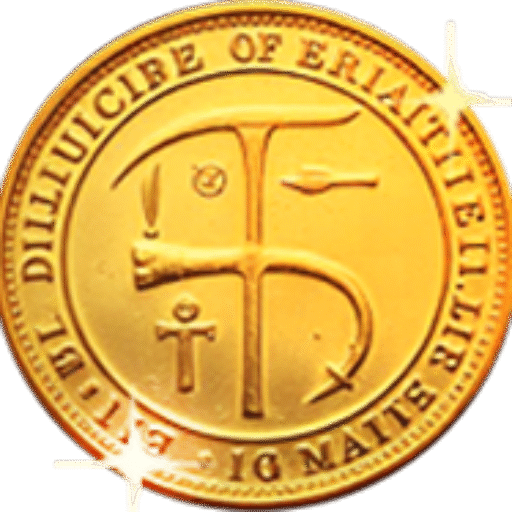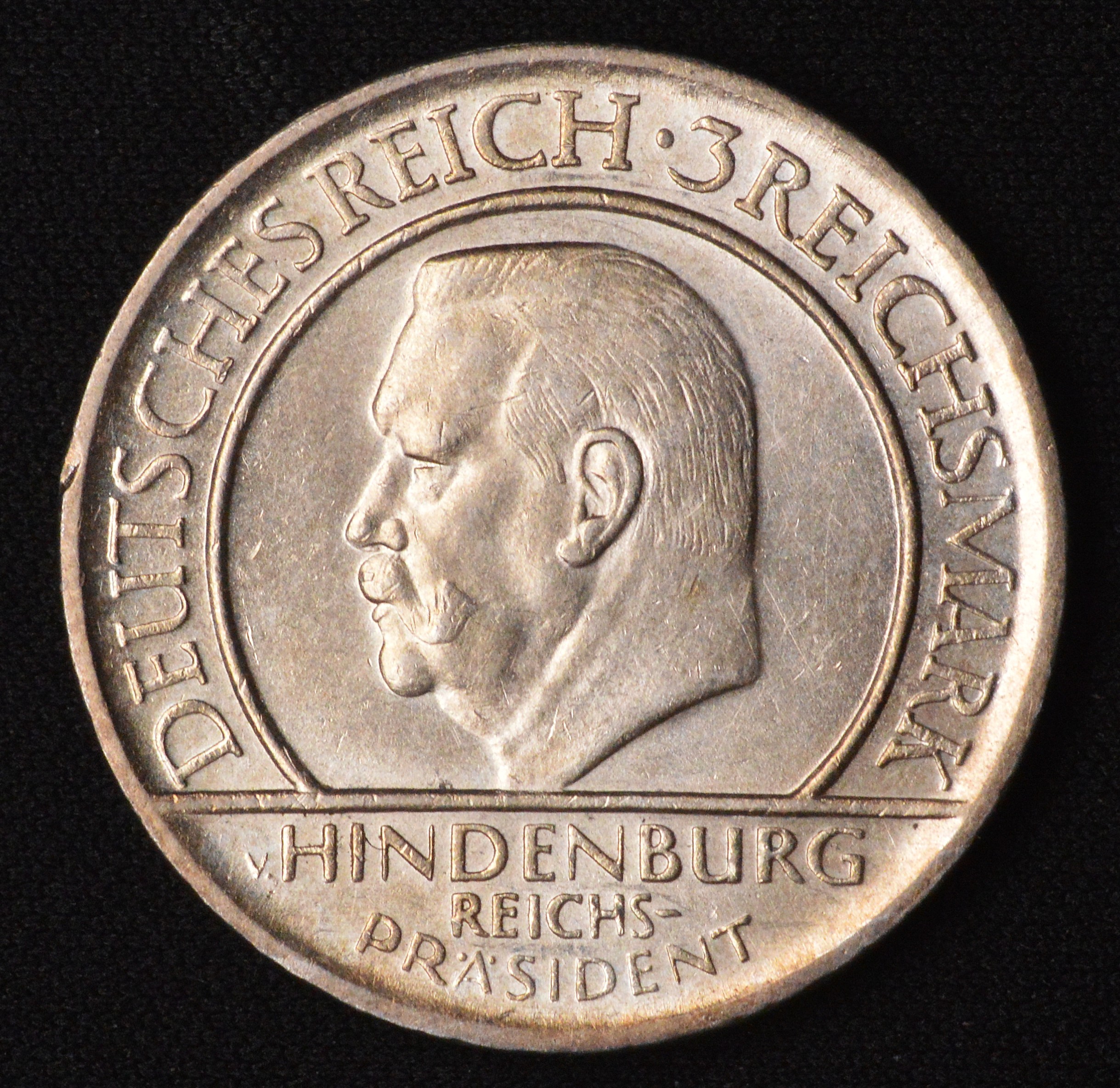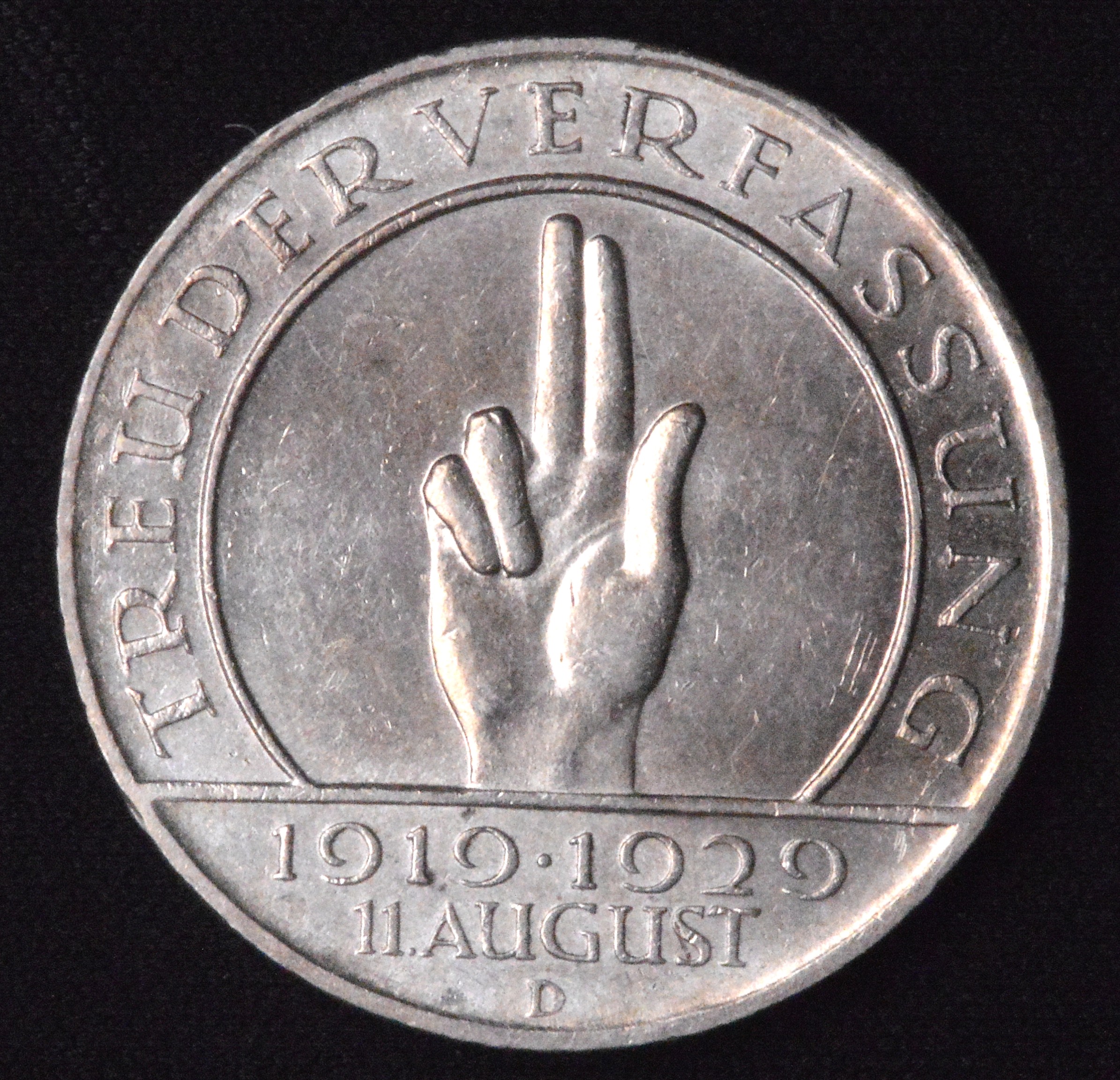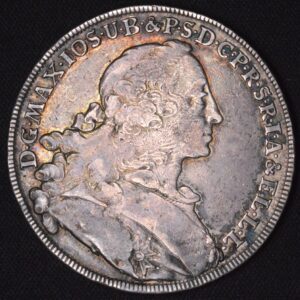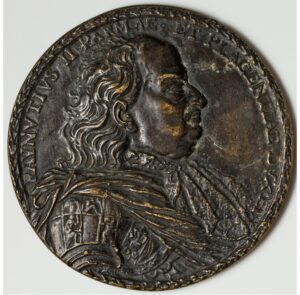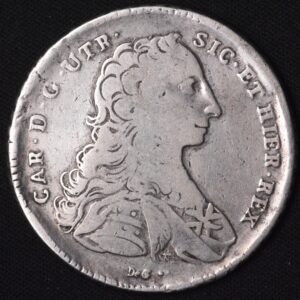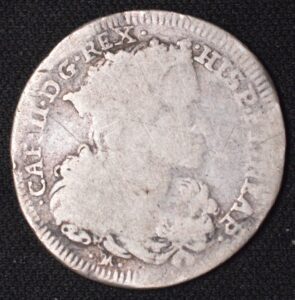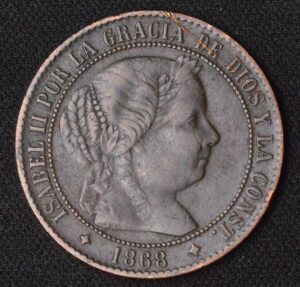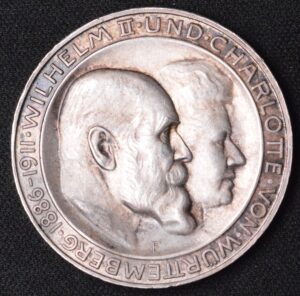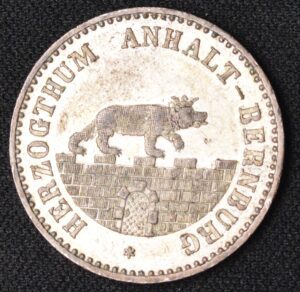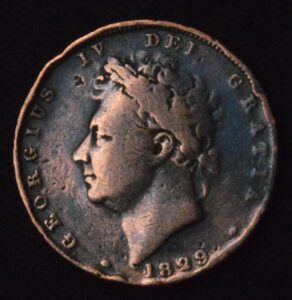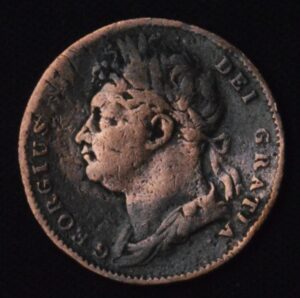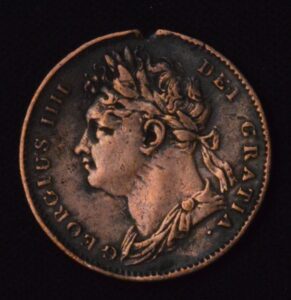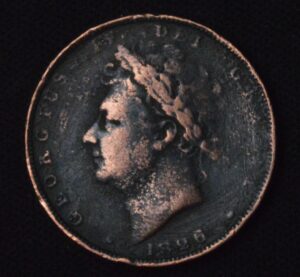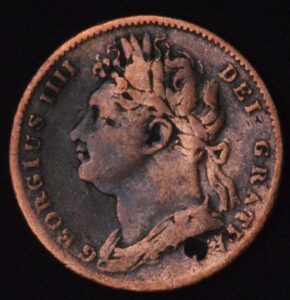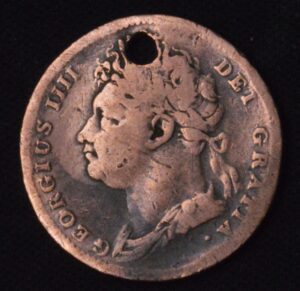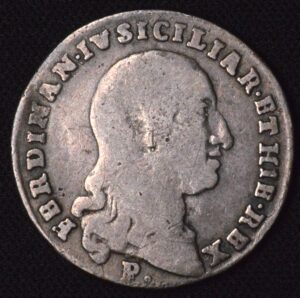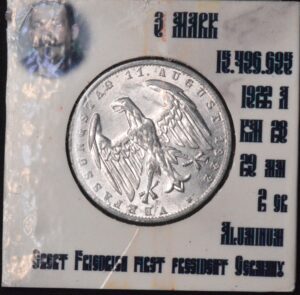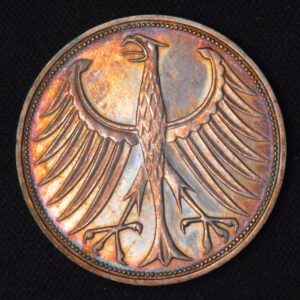Description
The 1929-D German 3 Mark Reichsmark silver coin from the Weimar Republic commemorates the 10th anniversary of the Weimar Constitution and features President Paul von Hindenburg. Minted in Munich (mintmark “D”), it is composed of 50% silver, weighs 15 grams, and measures 30 mm in diameter. The obverse displays Hindenburg’s portrait, while the reverse showcases a hand with three fingers extended within a circle—symbolizing the constitution or freedom—along with the date below.
This coin is valued for its historical context, being issued during a turbulent era in German history as the nation coped with economic and political challenges. The edge bears an inscription and the mintage for this issue was 499,000. Typical prices for circulated or average uncirculated examples range around $40, with proof specimens commanding much higher values due to rarity and collector demand.
Collectors appreciate this coin both for its artistic depiction and as a tangible artifact from the final years of the Weimar Republic. Its .500 silver fineness provides a melt value today of approximately $10, but its collectible value reflects its history, design, and preservation. Well-preserved, higher-grade examples—especially those with sharp details and minimal wear—are worth considerably more, making them sought after in world coin auctions.
The coin provides insights into the political symbolism of the era; Hindenburg’s portrait and the hand gesture reinforce national identity and constitutional ideals in German history. It remains a popular item among those interested in interwar German coinage, constitutional commemoratives, or silver world coins.
In summary, the 1929-D German 3 Mark Reichsmark silver coin is a historical, commemorative piece marked by symbolic imagery and moderate silver content. It stands out for its connection to the Weimar Constitution, numismatic value, and collectability among early 20th-century European coins.
The 1929-D German 3 Mark Reichsmark silver coin from the Weimar Republic commemorates the 10th anniversary of the Weimar Constitution and features President Paul von Hindenburg. Minted in Munich (mintmark “D”), it is composed of 50% silver, weighs 15 grams, and measures 30 mm in diameter. The obverse displays Hindenburg’s portrait, while the reverse showcases a hand with three fingers extended within a circle—symbolizing the constitution or freedom—along with the date below.
This coin is valued for its historical context, being issued during a turbulent era in German history as the nation coped with economic and political challenges. The edge bears an inscription and the mintage for this issue was 499,000. Typical prices for circulated or average uncirculated examples range around $40, with proof specimens commanding much higher values due to rarity and collector demand.
Collectors appreciate this coin both for its artistic depiction and as a tangible artifact from the final years of the Weimar Republic. Its .500 silver fineness provides a melt value today of approximately $10, but its collectible value reflects its history, design, and preservation. Well-preserved, higher-grade examples—especially those with sharp details and minimal wear—are worth considerably more, making them sought after in world coin auctions.
The coin provides insights into the political symbolism of the era; Hindenburg’s portrait and the hand gesture reinforce national identity and constitutional ideals in German history. It remains a popular item among those interested in interwar German coinage, constitutional commemoratives, or silver world coins.
In summary, the 1929-D German 3 Mark Reichsmark silver coin is a historical, commemorative piece marked by symbolic imagery and moderate silver content. It stands out for its connection to the Weimar Constitution, numismatic value, and collectability among early 20th-century European coins.
The 1929-D German 3 Mark Reichsmark silver coin from the Weimar Republic commemorates the 10th anniversary of the Weimar Constitution and features President Paul von Hindenburg. Minted in Munich (mintmark “D”), it is composed of 50% silver, weighs 15 grams, and measures 30 mm in diameter. The obverse displays Hindenburg’s portrait, while the reverse showcases a hand with three fingers extended within a circle—symbolizing the constitution or freedom—along with the date below.
This coin is valued for its historical context, being issued during a turbulent era in German history as the nation coped with economic and political challenges. The edge bears an inscription and the mintage for this issue was 499,000. Typical prices for circulated or average uncirculated examples range around $40, with proof specimens commanding much higher values due to rarity and collector demand.
Collectors appreciate this coin both for its artistic depiction and as a tangible artifact from the final years of the Weimar Republic. Its .500 silver fineness provides a melt value today of approximately $10, but its collectible value reflects its history, design, and preservation. Well-preserved, higher-grade examples—especially those with sharp details and minimal wear—are worth considerably more, making them sought after in world coin auctions.
The coin provides insights into the political symbolism of the era; Hindenburg’s portrait and the hand gesture reinforce national identity and constitutional ideals in German history. It remains a popular item among those interested in interwar German coinage, constitutional commemoratives, or silver world coins.
In summary, the 1929-D German 3 Mark Reichsmark silver coin is a historical, commemorative piece marked by symbolic imagery and moderate silver content. It stands out for its connection to the Weimar Constitution, numismatic value, and collectability among early 20th-century European coins.
CUSTOMER FEEDBACK




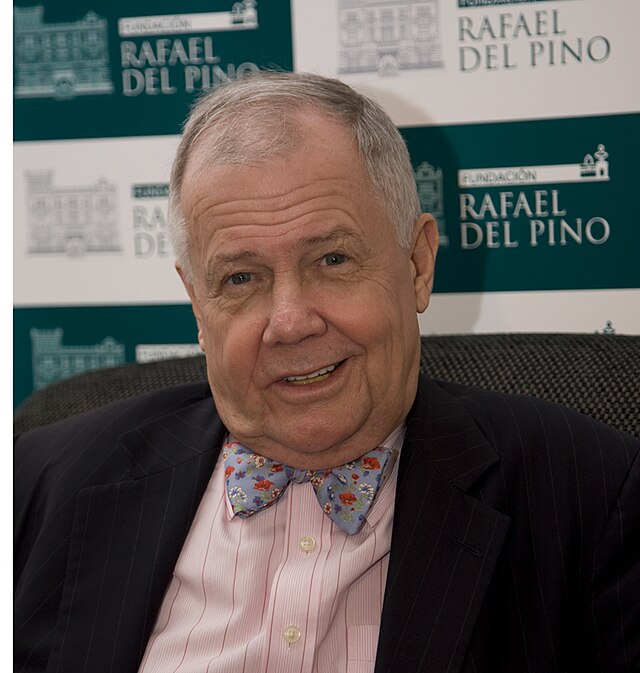



Related Products & Newly Released!




SHIPPING POLICY
Your order is shipped from the United States with USPS tracking within one business day.
14 Day Return Policy
You can return your item back within
14 days of the purchase

Secure payments
Your payments are 100% secure and are processed through Square or PayPal on a protected security network.
SHIPPING POLICY
FREE International and Domestic (United States) shipping. Your order is shipped with USPS tracking 24 hours after you order.
14 Day Return Policy
You can return your item back within
14 days of the purchase

Secure payments
Your payments are 100% secure and are processed through Square or PayPal on a protected security network.
RESOURCES
support
Get Real Deals!
Sign up now to receive our articles for the latest insights and promotions!
RESOURCES
support
Get Fresh Articles!
Signup our newsletter to get update insight or promotions.
